The Way Things Work Now
by David Macaulay
From Generation X-ers to the current crop of post-Millennials, decades of children have grown up with the intricate, fascinating drawings of David Macaulay.
Well loved for his picture books such as Rome Antics, the Caldecott-winning Black and White and the more mature, deeply twisted Baaa, Macaulay is perhaps even better known for the gorgeous, sweeping lines in Cathedral, Pyramid, Castle and the other structure-illuminating works of his architecture series. Undoubtedly, however, The Way Things Work stands as one of Macaulay's finest achievements, educating all ages on the ins and outs of machines, from simple levers to complex electronics, in its original 1988 version and in the revised The New Way Things Work that followed a decade later.
Macaulay embraces further changes brought by rapidly advancing digital technology in The Way Things Work Now. Whether readers long to revisit the wheel or peek inside a video-game controller, Macaulay awaits with beautiful, easily understandable drawings, boiled-down explanations and, of course, a herd of whimsical wooly mammoths. Fans anxious to see new gadgets and gizmos lovingly dissected will find themselves lingering over familiar pages as well, appreciating the shift to full colorization of each image. Though a purely aesthetic change, this choice firmly casts the new version as the modern model, the former sepia tones now taking on the character of old photographs. Macaulay's ability to delight both the eye and the funny bone remains the great genius of the book. Seasoned with a wry, absurdist sensibility, the pages provide seemingly infinite opportunities for I Spy, new discoveries and sight gags.
The categorization structure of the previous edition is preserved, assigning objects to sections focused on basic mechanics, harnessing the elements, wavelength technology, electrical and automated devices, and digital items. The afterword still gives historical context for invention and discovery timeframes, and the requisite index and glossary remain handy features.
The new sections triumphantly revitalize "The Digital Domain." Those who have wondered what makes a smartphone or tablet's LCD screen work, or better yet, how to explain it to a curious child, can turn to Macaulay for a meticulous cross-section. In his discussion of robots, he chooses to illustrate the notion that a variety of bots belongs to one big family with the mini-drama of a botched soccer match. A bipedal robot contests a red card wielded by a huge industrial robot arm while a Roomba-type robot vacuum watches. Sidebars about actuators and sensors tie it all together.
One spread shows the multitude of networked computers involved in one grocery transaction at a supermarket: a customer's swiped credit card instantaneously triggers responses in office buildings, banks and distribution centers. Here, the interconnectedness embedded in even the simplest aspects of life is brought into sharp relief. Budding engineers will spend spellbound hours poring over the inner workings of an optical mouse, while the uninitiated may find comfort and new confidence in the demystification of the hybrid car's electrical processes.
Macaulay creates his own world via such tactics as a shift in scale. A double-page diagram of a piano key and its attached lever system becomes a cityscape unto itself when minute alarmed citizens point to a tightrope walker tumbling from the piano wire and a giant finger depresses the piano key. Meanwhile, the text calmly explains that "the levers transmit the movement of the fingertip to the felt-tipped hammer that strikes the taut piano wire and sounds like a note." The combination of colossal finger, technical writing and tiny panic evokes fond memories of animated Monty Python segments, along with the accompanying giggles.
Elsewhere, a Shakespearean lady in Juliet sleeves asks a lever "How do I use thee?"; three minuscule angels grapple with a virtual reality headset (one looking through only half the headset proclaims the view "virtually nauseating"); and a man in a library asks for a copy of "The Typewriter's Revenge" on a page about computer memory. Those enchanting mammoths frolic across the chapters, wearing fire helmets and acting as fire hoses to explain pressure power, snagging a cup of hot water from a gas boiler and demonstrating static electricity with a fresh brushing of the wooly coat and the inevitable attraction of "litter, loose laundry and stray cats." A slick plastic mammoth emerges from a 3D printer.
Even readers who own the previous volumes should find The Way Things Work Now worthy of purchase. Children especially might enjoy comparing the two. Where did the space shuttle go, for instance? Look at all the new space probe updates! The comparison is a ready-made teachable moment on change and obsolescence. Encyclopedic, logical and masterfully illustrated, Macaulay's work reminds those raised in the Internet age of the power and sheer pleasure of a truly brilliant reference book. Technologies may go in and out of fashion, but The Way Things Work and its progeny? Never. --Jaclyn Fulwood



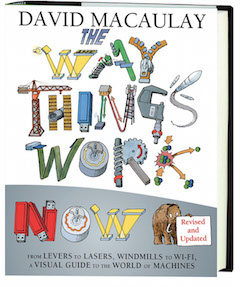


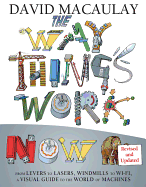


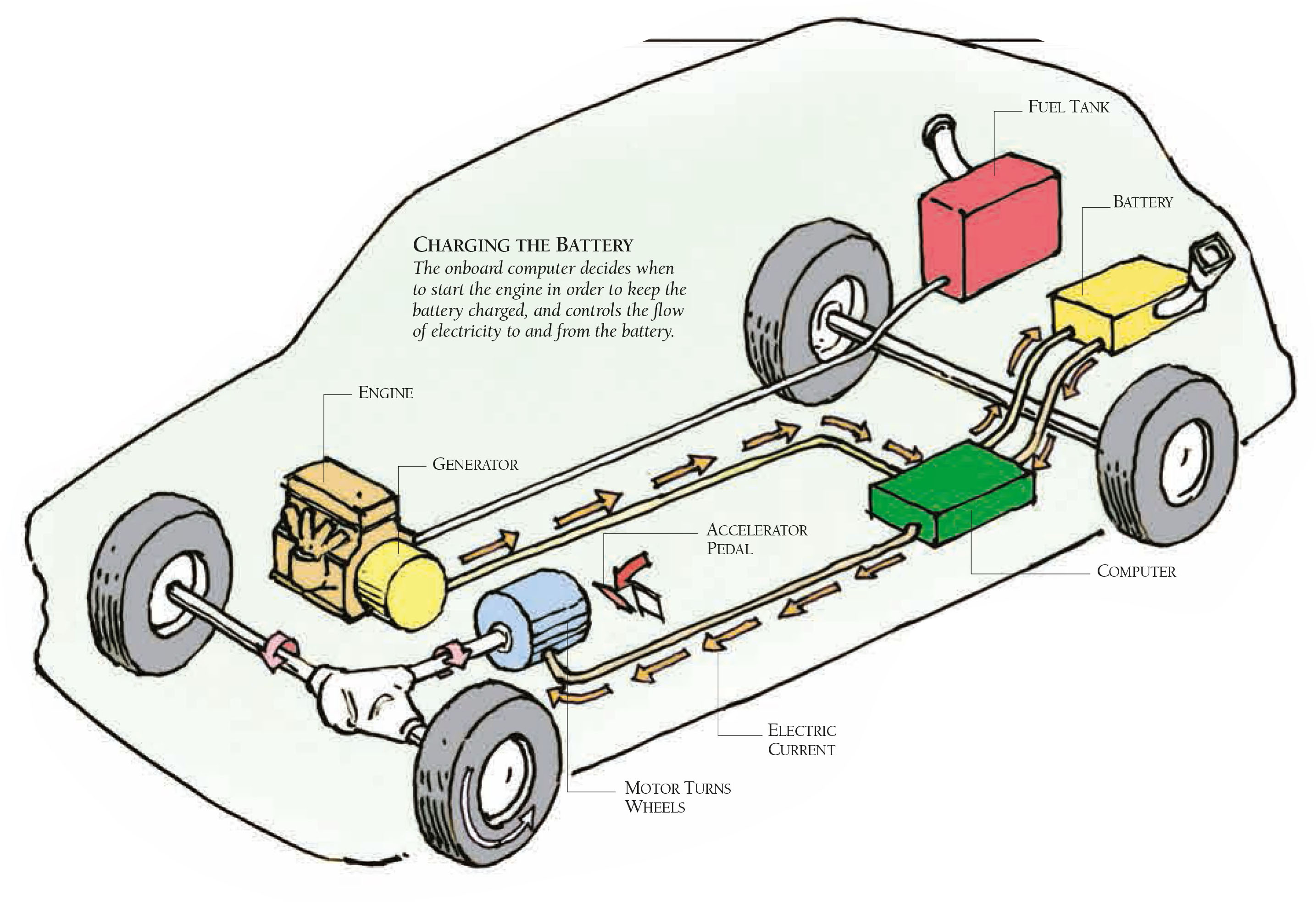 And what's new?
And what's new?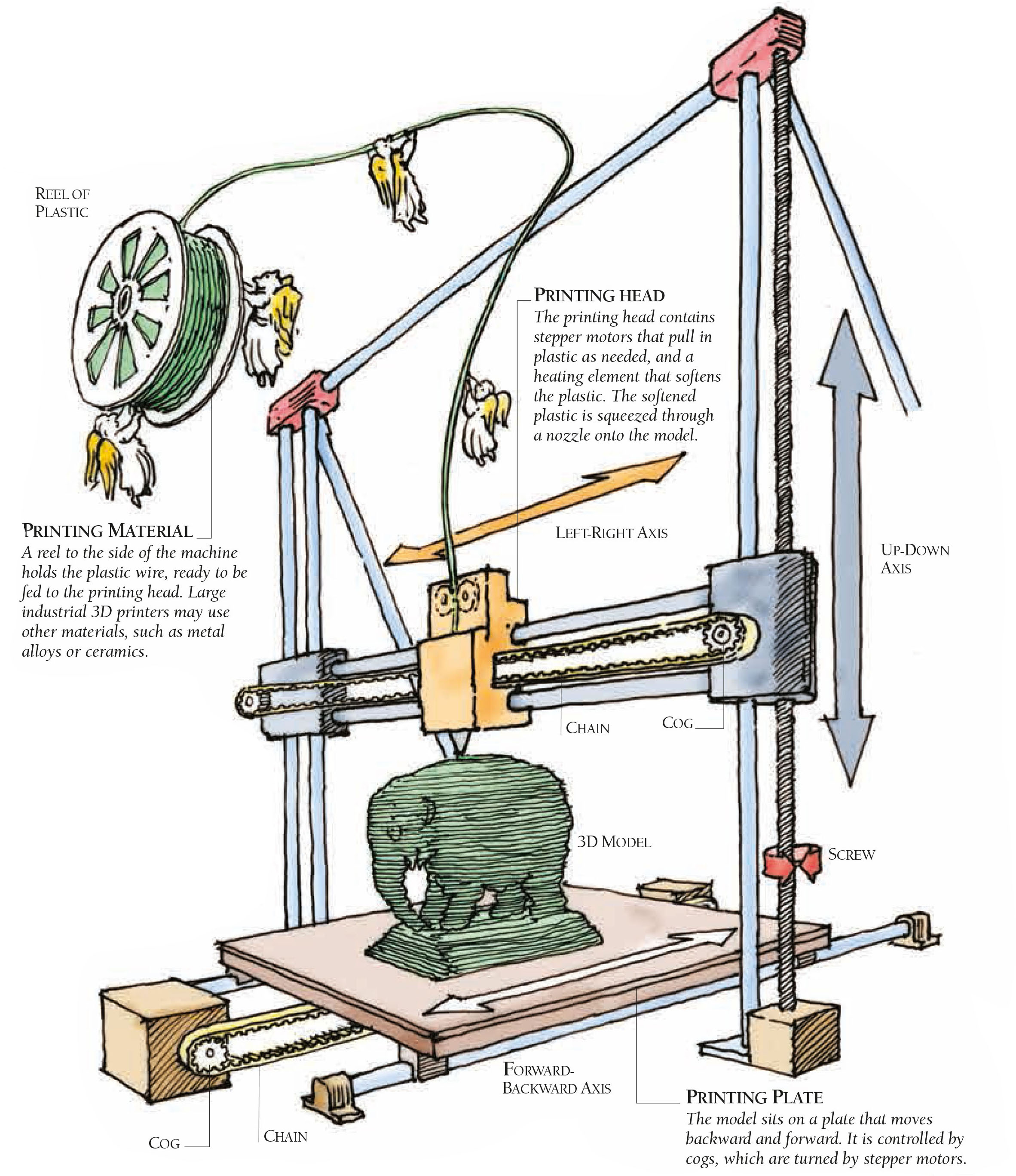 For weeks I sketched gears and wheels, levers and pulleys, desperately looking for some reassurance in the fun department. One afternoon, running on empty, it occurred to me that cave people probably used at least a few simple machines. I have no idea where the thought came from, but I went with it and sketched a few of them standing around a log and a rock. Apparently they were thinking. After setting the log on top of the rock, they had created an early seesaw--perhaps the first one. Then I scribbled some trees in the background and among them a sketchy mammoth. Why not? The next thing I knew, the mammoth was on one end of the seesaw and the "villagers" were on the other. For some reason they had decided to weigh the poor creature and in the process had created a simple scale. The questions began to flow, and one thing quickly led to another. How did the cave people get the mammoth to sit on the end of the lever? Can you tame a mammoth? Supposing the mammoth isn't a willing participant? Swamp grass and a ramp joined the log and rock and I was on my way. And that's where the mammoths came from. No ingenious corporate plan. No focus group. Just a little desperation and a mind slightly off the rails.
For weeks I sketched gears and wheels, levers and pulleys, desperately looking for some reassurance in the fun department. One afternoon, running on empty, it occurred to me that cave people probably used at least a few simple machines. I have no idea where the thought came from, but I went with it and sketched a few of them standing around a log and a rock. Apparently they were thinking. After setting the log on top of the rock, they had created an early seesaw--perhaps the first one. Then I scribbled some trees in the background and among them a sketchy mammoth. Why not? The next thing I knew, the mammoth was on one end of the seesaw and the "villagers" were on the other. For some reason they had decided to weigh the poor creature and in the process had created a simple scale. The questions began to flow, and one thing quickly led to another. How did the cave people get the mammoth to sit on the end of the lever? Can you tame a mammoth? Supposing the mammoth isn't a willing participant? Swamp grass and a ramp joined the log and rock and I was on my way. And that's where the mammoths came from. No ingenious corporate plan. No focus group. Just a little desperation and a mind slightly off the rails. What are some of the biggest changes in the world since TWTW came out in 1988?
What are some of the biggest changes in the world since TWTW came out in 1988?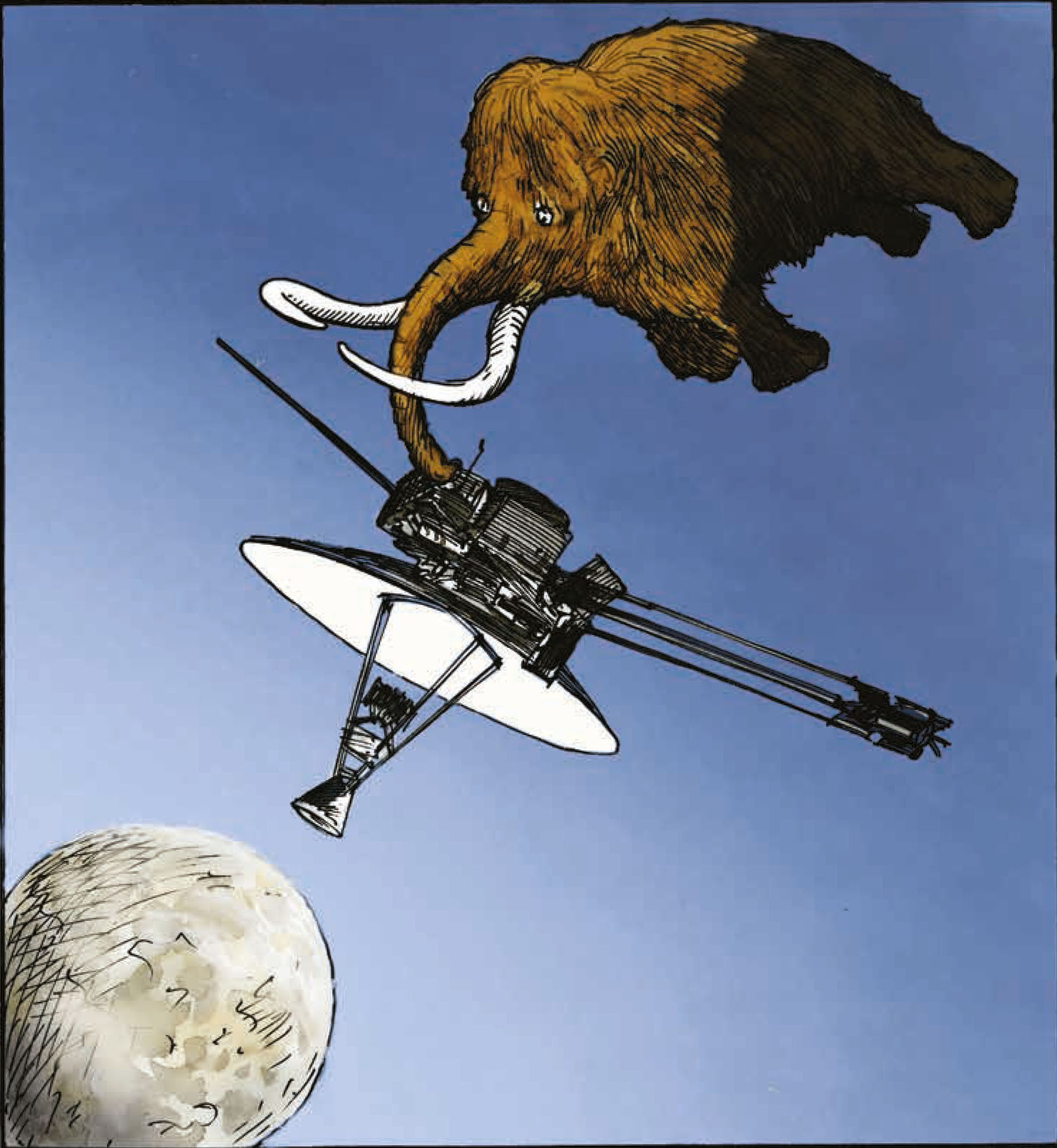 You've worked on a broad range of projects in the course of your literary career.
You've worked on a broad range of projects in the course of your literary career.